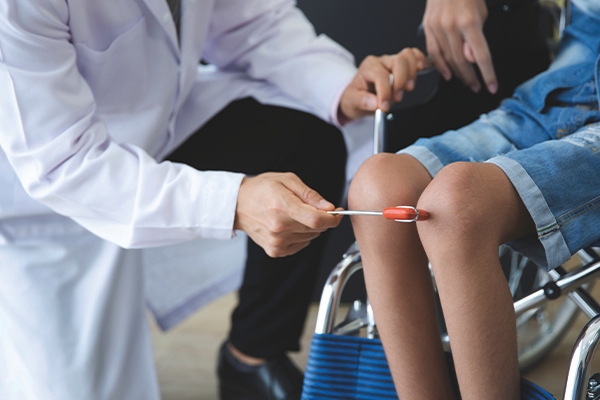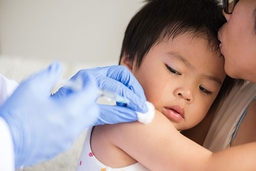Early Signs of Polio You Shouldn’t Ignore

Polio may sound like a disease of the past, but this virus has not been completely eradicated. It still poses a health threat, especially to children without complete immunization. Since there is no cure for polio, the only way to protect yourself is through vaccination.
Polio, or poliomyelitis, is a contagious disease caused by the poliovirus. It attacks the nervous system, particularly the spinal cord and brainstem.
When the infection becomes severe, the consequences can be serious: permanent paralysis, breathing difficulties, and even death.
Polio spreads through direct contact with the feces of an infected person, or contaminated water and food. It can also be transmitted via droplets when an infected person coughs or sneezes.
This is why children under five years old who haven’t been fully immunized and who live in areas with poor sanitation are the most vulnerable.
One crucial fact to remember: there is no cure for polio. Medical treatment can only ease the symptoms and prevent complications—it cannot eliminate the disease. That’s why prevention through immunization is the wisest and most effective choice.
Recognize the symptoms: from mild to life-threatening

One of the biggest challenges in detecting polio is that many infected individuals show no symptoms. The virus can linger in the body silently, without any apparent signs.
The early symptoms may sometimes resemble a mild flu, such as fever, sore throat, headache, stomach pain, or nausea.
These symptoms may seem harmless at first. However, the situation can become much more serious when the virus spreads to the central nervous system.
Some individuals may develop meningitis, an inflammation of the protective membranes covering the brain and spinal cord.
In more severe cases, the virus can cause paralysis. For some, this even includes losing the ability to breathe, as the respiratory muscles stop functioning.
Polio symptoms typically appear between three and twenty-one days after exposure to the virus. The infected person is most contagious during this time, especially within seven to ten days before and after the symptoms first appear.
Long-term effects: post-polio syndrome
What many people may not know is that the effects of polio can reappear long after recovery. Years—even decades—after the initial infection, some individuals develop a condition called post-polio syndrome.
This can include recurring muscle weakness, joint and muscle pain, and extreme fatigue. These symptoms may emerge fifteen years or more after the original illness.
Vaccination: the best protection
Vaccination plays the most crucial role in prevention. Global immunization efforts over the past few decades have significantly reduced polio cases.
However, as long as there are regions where vaccination coverage is incomplete, the risk of transmission remains. Vaccination protects the individual and contributes to herd immunity, helping prevent the virus from spreading further.
Polio immunization schedule for children

In Indonesia, children are given two types of polio vaccines: the oral polio vaccine (OPV) and the inactivated polio vaccine (IPV), which is administered via injection.
The immunization schedule begins at birth with the first dose of OPV (OPV 0), followed by additional doses at two, three, and four months. At four months, the first IPV dose is also administered, with the second IPV dose given at nine months.
This immunization schedule is carefully designed to ensure that a child’s body develops strong immunity against all types of poliovirus.
What about adults?
Polio isn’t just a childhood disease—adults can also be at risk, especially if they:
- Have never received any polio vaccine
- Received incomplete doses in childhood
- Live in or travel to areas where polio is still active
- Work in healthcare settings or laboratories with potential exposure
Doctors usually recommend a three-dose IPV series for adults who have never been vaccinated or are unsure of their vaccination status.
The first two doses are given four to eight weeks apart, and the third dose is administered six to twelve months after the second.
A single IPV booster shot is usually sufficient for adults who were fully vaccinated as children but plan to travel to high-risk countries. This booster should be given at least four weeks before departure.
Protect yourself, protect your community
Given how serious and contagious polio is—and the fact that there is no cure—vaccination is a preventive measure that should never be delayed.
Don’t wait until a case appears in your area. Protect yourself, your family, and your community by ensuring your polio immunizations are complete.



